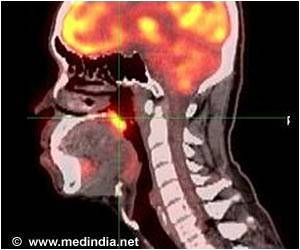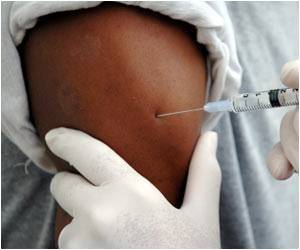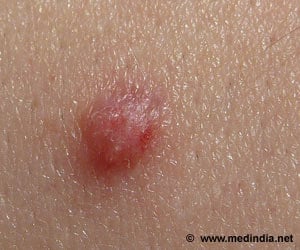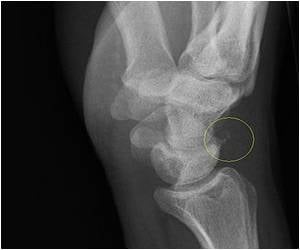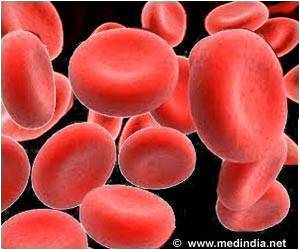A tumor can contain many different types of cancer cells.

The TCGA data available for HNSCC patients included 302 patients, with 35 HPV-positive patients. The researchers' examination confirmed that high tumor MATH at time of surgery is an indicator of poor outcome (high-MATH hazard ratio (HR) = 2.1; 95 percent confidence interval (CI), 1.4 to 3.2; p = 0.0002, logrank test) and that HPV-positive HNSCC patients have lower average MATH values than HPV-negative HNSCC patients. In bivariate analysis, both MATH and HPV were significantly associated with survival. When stratified by HPV status, MATH was similarly related to outcome in clinically defined subsets of patients regardless of clinical characteristics (tumor margins, nodal classification or tumor staging). Median follow-up with the 173 surviving patients was 22 months.
Standard DNA sequencing discovers both the DNA mutations that differ among cancer cells and gives a measure of diversity. Genetic heterogeneity of each tumor was assessed by MATH, the percentage ratio of the width to the center of the distribution of tumor-specific mutant-allele fractions. In order to compare to previous studies, analysis was limited to mutant-allele fractions no less than 0.075, and the high-MATH cutoff value of 32, previously found to distinguish outcome classes, was used. Cox proportional hazards analysis was used to evaluate the relations of MATH and HPV to overall survival.
"Calculating patients' MATH marker as well as their HPV status is a more reliable predictor of patient survival, and the methodology that we used to measure MATH is simple enough that it could be adopted readily in the clinic,"said author James Rocco, MD, PhD, a head and neck surgical oncologist at Massachusetts General Hospital and Massachusetts Eye and Ear Infirmary, and the Daniel Miller Chair in Otology and Laryngology at Harvard Medical School in Boston. "Now that we know that both HPV status and intra-tumor heterogeneity matter for patient outcome, we are in a better position to personalize therapy for our patients. We can try less toxic therapies in patients likely to be cured, and try new or alternate therapies in patients likely to fail. In addition, it may help identify the patients most likely to benefit from clinical trials."
Source-Eurekalert

